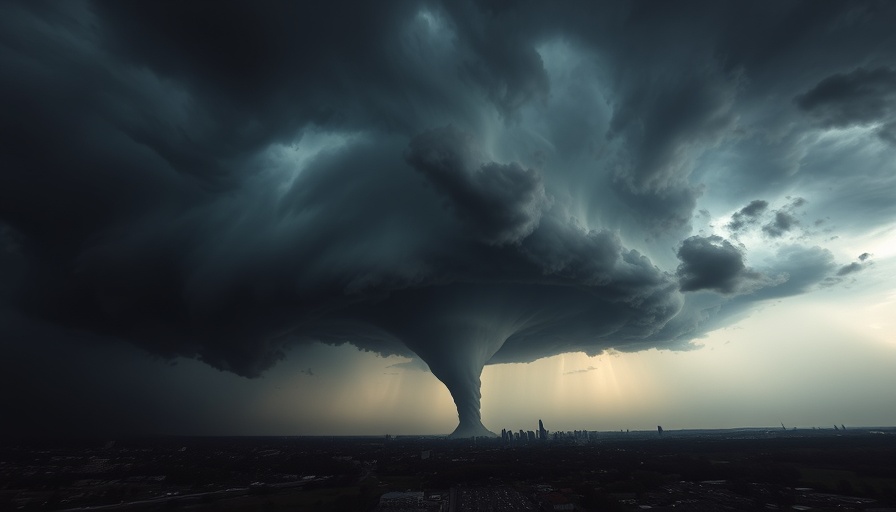
Unveiling the Financial Impact of Climate Change
In a stunning new analysis from the Swiss Re Institute, the projected costs of climate disasters in 2025 are estimated to reach a staggering $145 billion globally. This figure illustrates not only the escalating financial repercussions of climate change but also highlights how secondary perils like floods, wildfires, and severe thunderstorms are steadily increasing their share of insured losses. While this primary focus on secondary disasters is noteworthy, it’s essential to recognize that primary perils, such as hurricanes and earthquakes, remain the greatest threats. Potential insured losses from such events could soar to over $300 billion during peak disaster years.
How Past Disasters Foreshadow Future Costs
The most recent peak year for insured losses, chronicled during 2017, was triggered by a vicious trio of hurricanes—Irma, Harvey, and Maria. These catastrophic events underline how the combination of primary and secondary disasters can create a perfect storm of losses that should not be ignored. For instance, the report indicates that if a severe hurricane or major earthquake were to strike an urban area today, losses might eclipse the long-term trends by a factor of two or more. This is an alarming insight when considering our society's ongoing urban expansion and population growth, especially in vulnerable zones.
The Rising Threat of Secondary Perils
While much attention is typically focused on “big-ticket” disasters, the ongoing increase in secondary perils demands close scrutiny. From a surprising early start to 2025 marked by wildfires in Los Angeles, leading to an estimated $40 billion in insured losses, to other less publicized challenges like severe thunderstorms, it’s clear that these secondary events are becoming increasingly costly. Climate change exacerbates these perils, emphasizing the need for adaptive strategies that mitigate risk and ensure our communities are prepared.
The Price of Inaction: Future Cost Projections
The report expresses a grim forecast: early 20th century hurricanes, which once caused relatively manageable damage, are poised to inflict losses exceeding $100 billion should they strike today. This increase in potential damage is rooted in economic growth, population density, and urban sprawl—factors that conspire to amplify the risks posed by natural disasters. A case in point is Hurricane Andrew, which caused $35 billion in damages in 1992; it now stands to incur nearly three times that if a similar storm were to follow the same path.
The Challenge Ahead for the U.S. Insurance Landscape
Even though climate change is a global issue, the United States embodies the bulk of the problem, accounting for nearly 80% of the world’s insured losses last year due to various natural calamities. From the vulnerabilities faced in coastal cities to mountainous regions prone to wildfires, it’s clear the need for reform in insurance practices and public policy is paramount. Future rates will need to reflect the ongoing adjustments to risk exposure caused by inflation, changing demographics, and more erratic weather patterns.
Preparing for Tomorrow: What Can Be Done?
Amid these staggering figures, it’s important to recognize that awareness and preparation can make a difference. Communities and policymakers must collaborate to invest in infrastructure that mitigates risks from both primary and secondary disasters. From stricter zoning laws to more resilient building materials, innovative solutions can help minimize destruction while we also navigate the complexities of insurance premiums and claims. By informing ourselves of the trends and reasons behind rising disaster costs, we can advocate for responsible actions that cultivate a more sustainable future.
Why It Matters
Understanding the implications behind these staggering figures is crucial—not just for those in the insurance and financial industries, but for everyday citizens too. As wellness enthusiasts and environmentally conscious individuals, this intersection of climate and finance signals a call to action. The ongoing changes in weather patterns not only threaten our physical environment but also our mental well-being, complicating the pursuit of health and balance in our lives.
As we reflect on the information presented, it’s essential to explore ways to adapt to and manage these increasing climate-related costs. What measures can we take individually and collectively to foster a resilient society?
 Add Row
Add Row  Add
Add 




Write A Comment